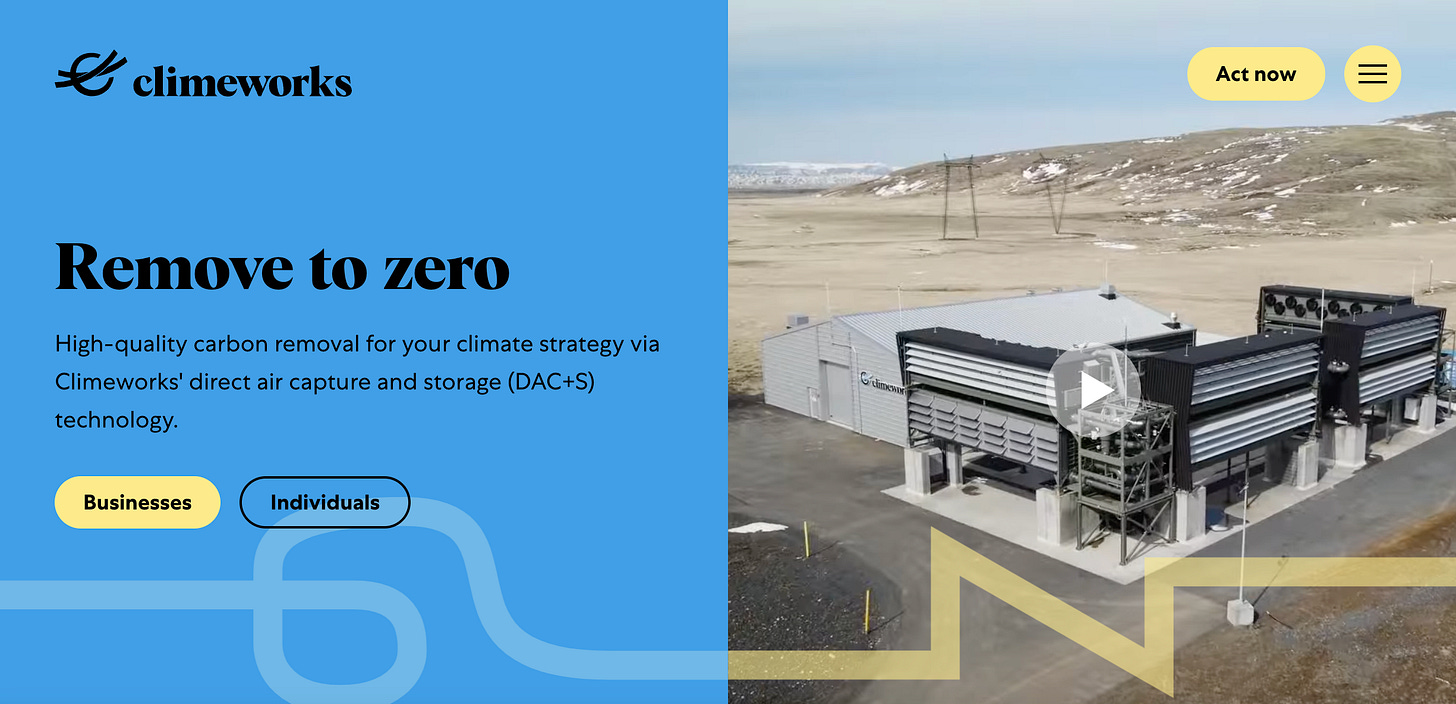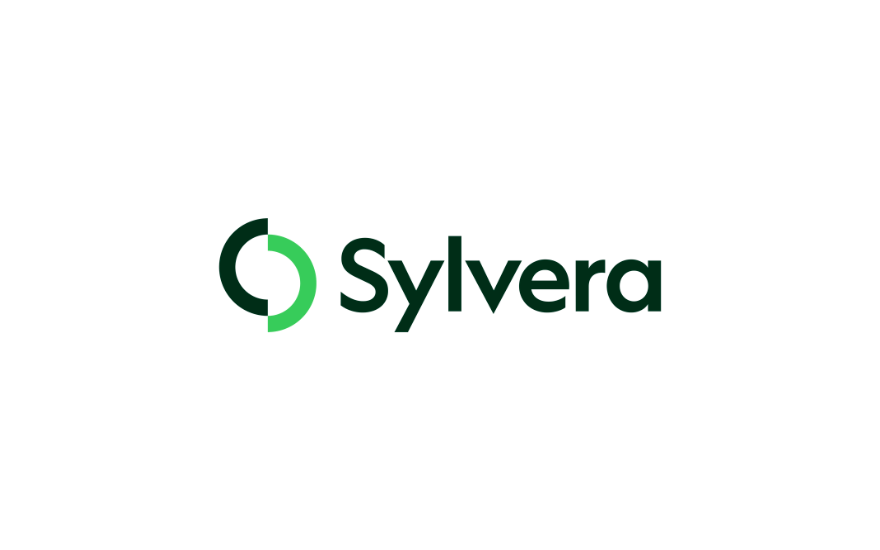Best of climate tech Q1: The best messaging, branding + content we saw in Q1
The best climate tech marketing we saw in Q1.
Hello friends,
To say goodbye to the fastest quarter in history, we’re rounding up the best climate tech marketing examples of Q1.
And if we’ve missed any — just hit reply.
Value props
The best headlines and positioning we’ve seen.
Why we love it:
Clean headline, very tightly focused on YOUR climate strategy.
Why we love it:
Ultra-specific. There is zero question about who this software is for or what it does. They even snuck in a clear ‘how.’
Why we love it:
We typically recommend a “you” focused headline (about the customer, not the brand) — but this just works. It’s clear, it’s attention-grabbing, and it feels authoritative in the best way. That little bit of alliteration is quite nice, too.
Branding
The best design we’ve seen. (Click through to check out their sites.)
Why we love it:
The colors, the contrast, the imagery, the user journey — *chef’s kiss*.
Why we love it:
So clean, clear, and cohesive. Even the advisory team photos are filtered to match the brand. Bonus points for the spacious footer navigation that doesn’t feel like an afterthought.
Why we love it:
This site has been living in Meg’s mind for months. It’s beautiful, interactive (please click that “Begin journey button”), and memorable. What more could you ask for?
Content
The best content on the block.
Persefoni
A Director’s Guide to Carbon Accounting
Why we love it: Calls out target audience in title, hyper-focused, makes carbon accounting simple while acknowledging the expertise of its target audience.
Watershed
How to thrive in the climate economy
Why we love it: Engaging framing, particularly on the landing page (how to thrive in the climate economy). Makes a persuasive case for climate action through meaningful and targeted arguments. Great visual use of data.
BeZero
Rating two years in carbon markets
Why we love it: Enticing title that delivers on its promise. Great use of data to tell a compelling story. Perfect example of a brand leaning into its USP (in this case, ratings data), to create content only they can create.













